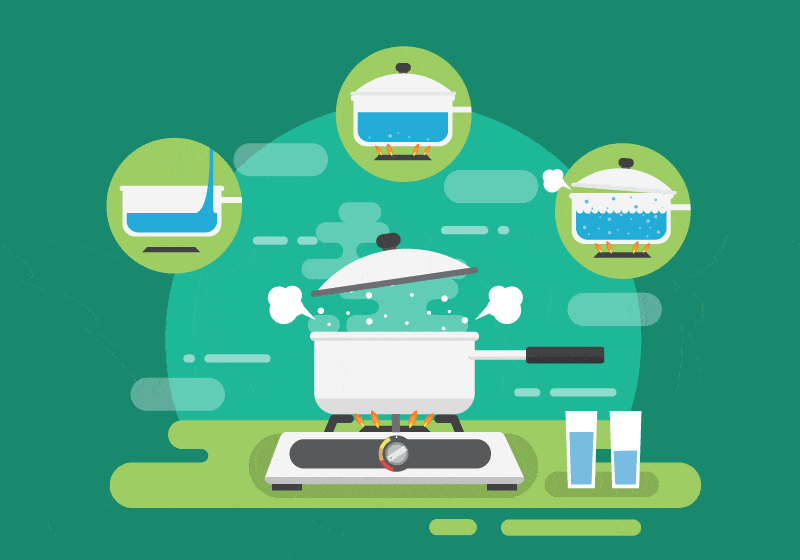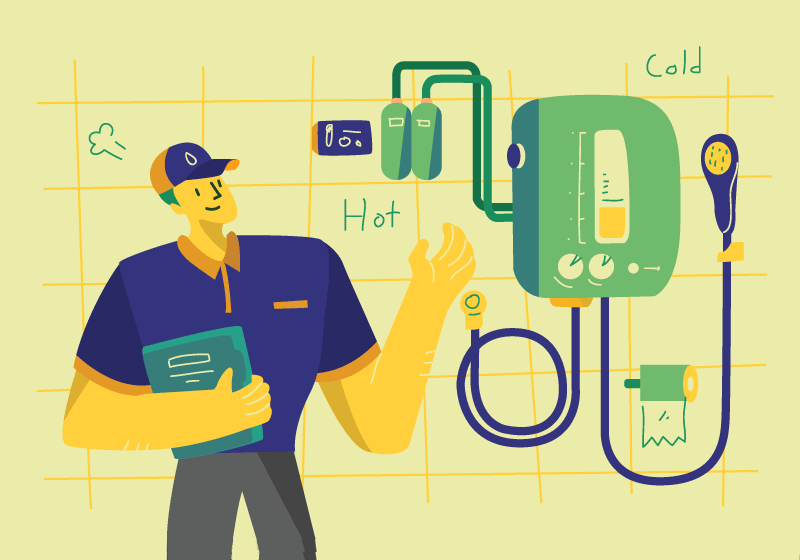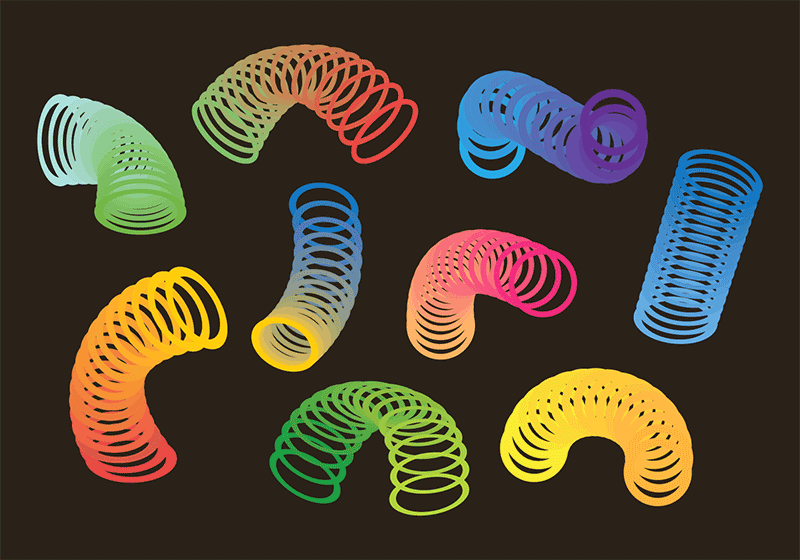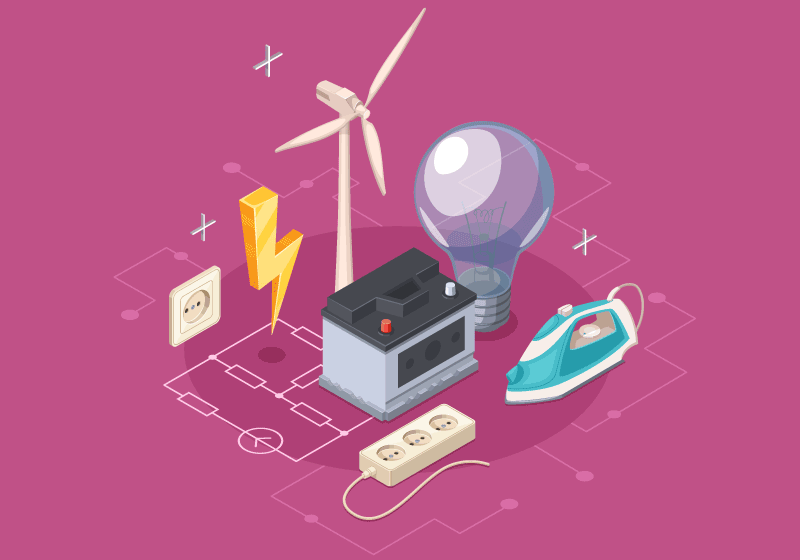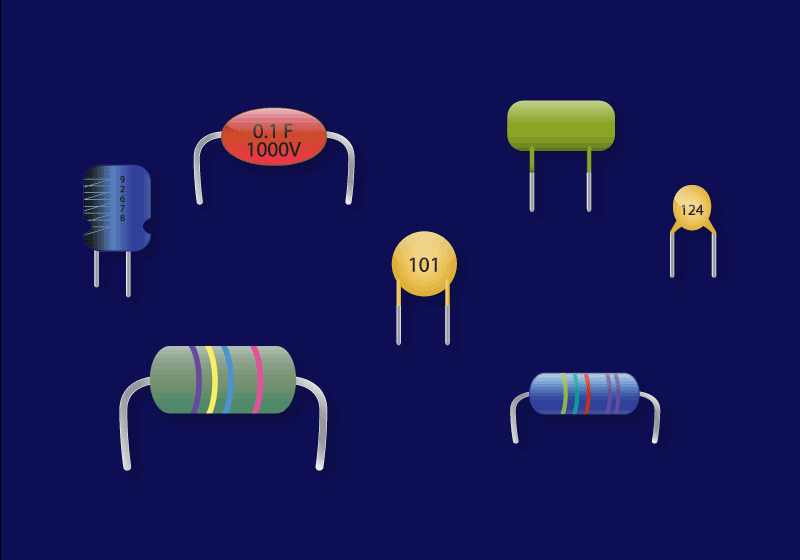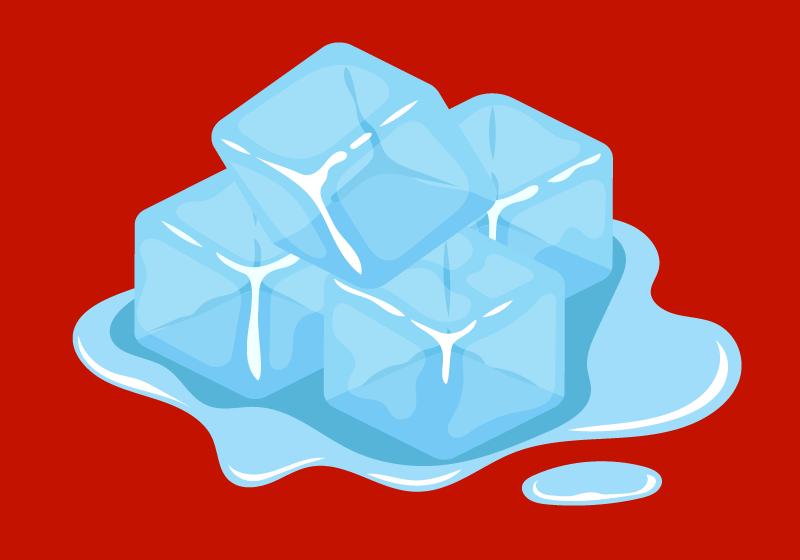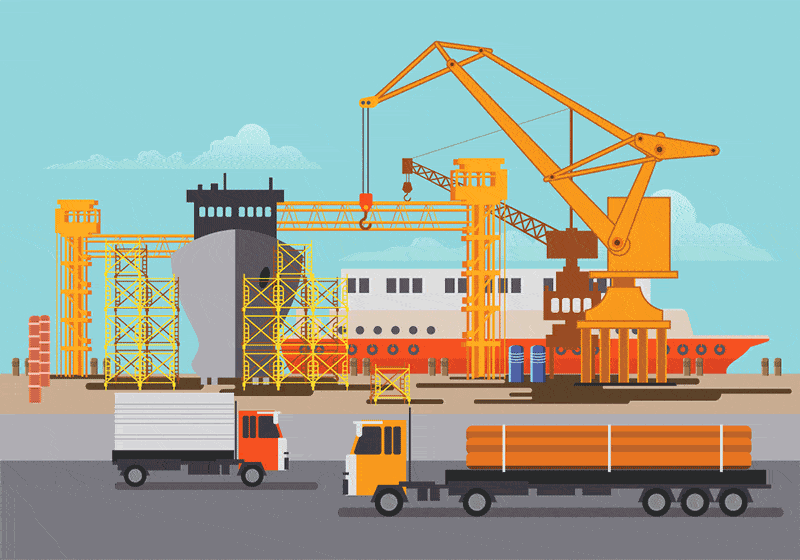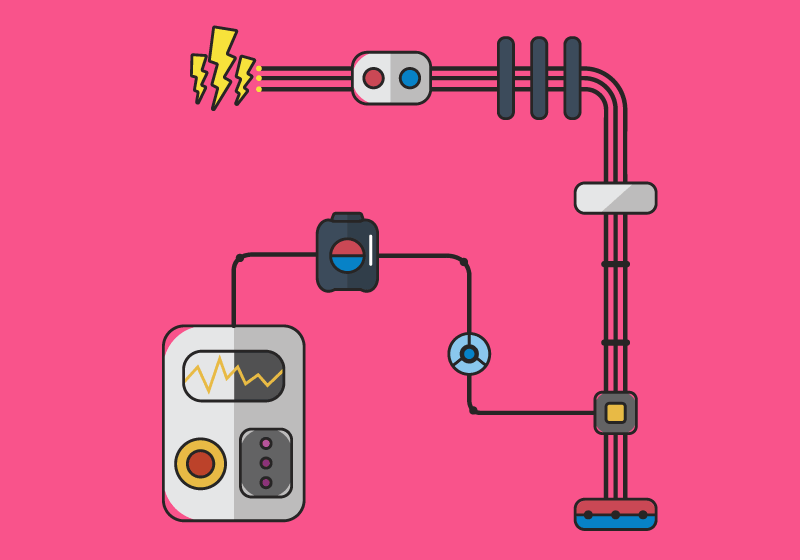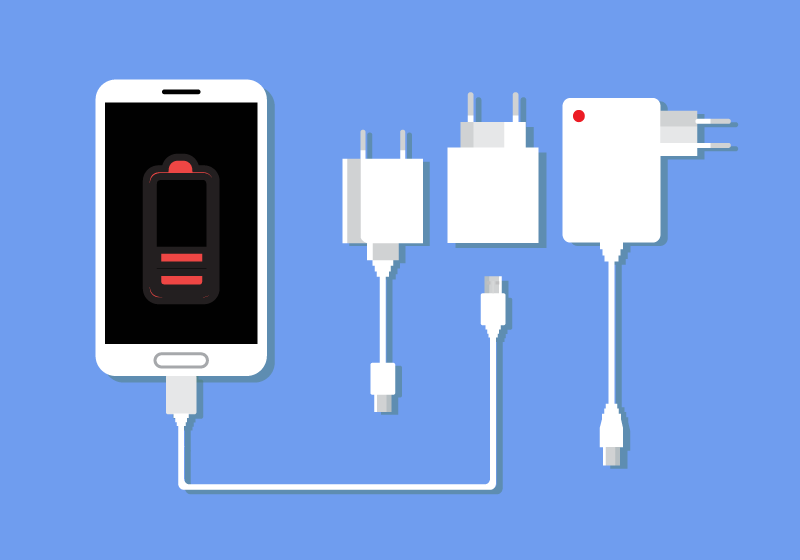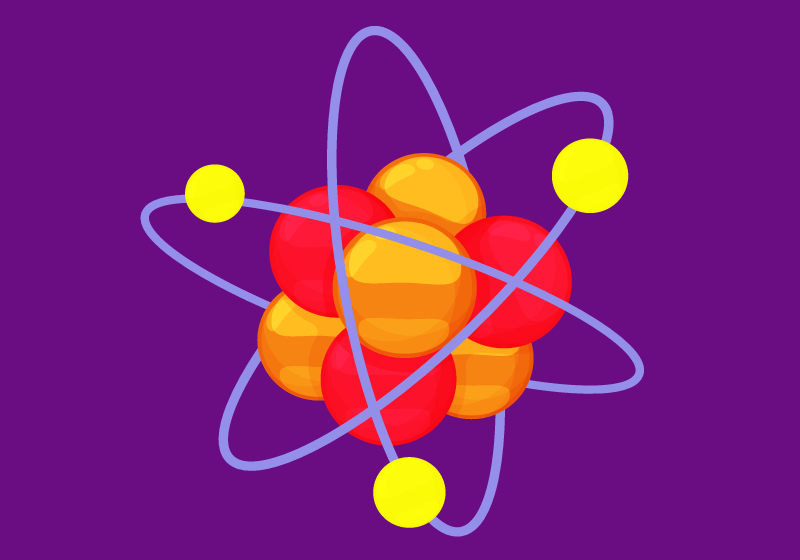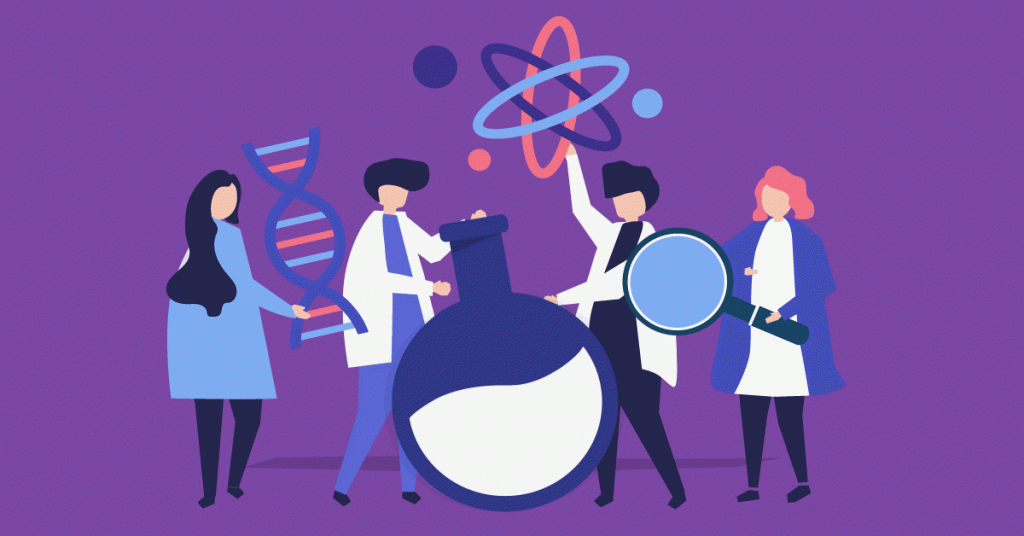Edexcel Physics – P2
Pressure in a Gas
Gas Pressure is created when gas particles collide with the walls of their container. The more often…
Turning Moments
The size of the turning effect is called a turning moment. As Newton’s first law…
Moments
Forces can cause an object to rotate and the turning effect of the force is called…
Force on a Spring
When a force acts on a spring it is stretched or compressed, its length will changes by…
Pressure
Pressure can be calculated if you know the force applied to or by an object and…
Kinetic Energy
In physics, the kinetic energy (KE) of an object is the energy that it has due to its motion….
Specific Heat Capacity
Specific heat capacity is how much heat energy is required to raise 1 kg of…
Power
The quantity power is the rate at which work is done. The quicker work is…
Elastic Potential Energy
Stretching or squashing an object can transfer energy into its elastic potential energy store. What…
Charge
The size of the current is the rate of flow of charge. Electrons are negatively…
Resistance
Resistance is an electrical quantity that measures how a device or material reduces the electrical…
Resistance in Series and Parallel
Resistors in series and in parallel can change the total resistance in a circuit. What…
Electrical Power
The power of an appliance is the energy that is transferred per second. Electric power…
Density
Density is a measure of how compact the particles are in a substance. Density is defined…
Specific Latent Heat
Specific latent heat is the energy needed to change the state of a substance. What…
Gravitational Potential Energy
Lifting an object in a gravitational field transfers energy into the objects gravitational energy store….
Efficiency
The efficiency of a device is the proportion of input energy that is converted to…
Energy Transformed
The potential difference between two points is the energy transferred per unit charge. An electrical…
Forces and Work Done
The unit for work done is the joule (J), or Newton meter (N-m). One joule is equal…
Transformers
A transformer is an piece of electrical apparatus which will increase or decrease the voltage in an…
The Motor Effect
A current-carrying wire or coil can exert a force on a permanent magnet. The force increases if the strength…
Pressure in Fluids
Fluid pressure is exerted on the surface of an object in a liquid. This pressure causes upthrust . An…






